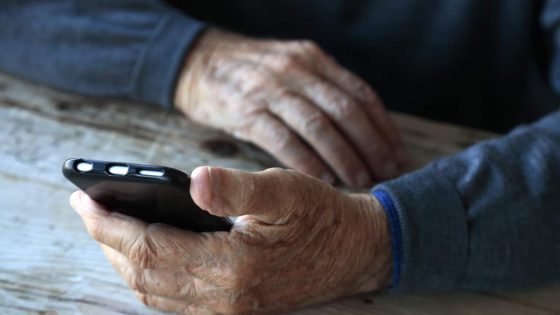The major telcos are under mounting pressure to ensure every Australian can connect to triple-zero when the 3G network shuts down from next month.
Telstra is due to switch off the ageing network on 31 August, having extended its original June closure deadline, while Optus will shutdown from September.
TPG/Vodafone shut its 3G operation in January.
But there are still 102,000 mobile phones across the nation that are not compatible with 4G, according to latest industry figures provided to the government.
These devices — often bought overseas or second-hand — use 4G data for regular calls and texts, but drop triple-zero calls to 3G because they are not enabled with a technology called Voice over LTE.
Users may not realise their phone is configured this way by the manufacturer until the 3G network is switched off and they need to call the emergency line.
The number of these devices in use has reduced from 740,000 in March, after the government formed an industry working group.
The telcos’ significant effort to reach affected customers is encouraging, but more needs to be done, Communications Minister Michelle Rowland said.
“The government is keen to see this work ramp-up and continue,” Ms Rowland said in a statement on Thursday morning.
“All Australians must have confidence in the triple-zero service.
“I encourage everyone to check their own device, speak to friends, family and loved ones about the 3G switchover and reach out directly to their service providers for further information.”
Telstra and Optus have a service for customers to check the status of their device by texting “3” to the number 3498.
Users will also hear a pre-recorded message on non-emergency outgoing calls if they need to upgrade their phones.
Optus research released last week identified suburbs and regions with the highest number of incompatible devices, where many residents are native Mandarin, Cantonese, Arabic, Vietnamese and Korean speakers.
Some areas may also have large cohorts of international university students.

The city suburbs with the highest number of affected devices on the Optus network were Melbourne’s CBD and Sydney’s Macquarie Park, Marsfield and Millers Point.
Top regional areas were Port Hedland, Western Australia, Cairns and Sarina in Queensland and Griffith and Orange in NSW.
Optus was using the research to target those demographics through social and local media.
Both telcos said they have been improving their 4G and 5G coverage in the lead-up to the 3G closure.
Source Agencies



